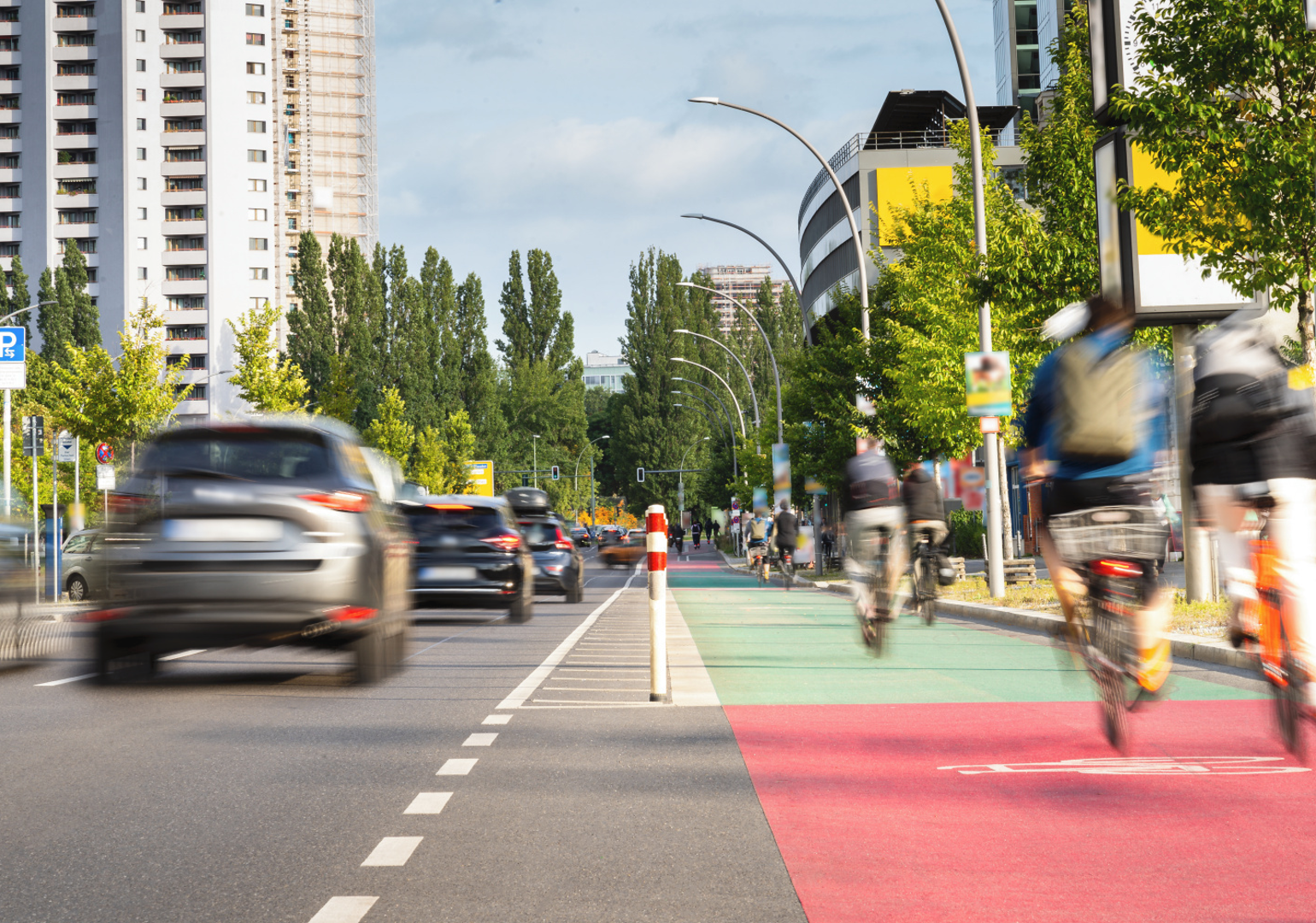Brisbane will be the first Olympic host city required to produce a climate-positive Games. What can be learnt from the Paris Olympics last summer?
There are less than eight years until the Olympic torch reaches Brisbane. Not only will this be the first regional Olympic Games, with major events also set to take place on the neighbouring Gold Coast and Sunshine Coast, but it will also be the first Olympics to operate under the International Olympic Committee’s New Norm regulations.
This means host cities are now contractually obliged to construct and operate the event with more carbon savings than emissions created.
This is a big challenge considering the amount of construction work required on buildings and transport infrastructure – not to mention getting all the fans and competitors to and around the venues during the event itself. An estimated 11 million visitors came to Paris during the two Olympic weeks.
“The Olympics now have to fit into the future blueprint for the host city and region, rather than the host city and region having to accommodate the Olympics,” University of Queensland engineer Dr Tony Heynen told create.

A bigger blueprint
Last January, Heynen and his colleagues published research concluding that reducing emissions was a better, if more expensive, way of reaching climate positive targets than relying on carbon offsets.
Since July 2021, when Brisbane was confirmed as host in 2032, debate has centred around whether or not to build a new Olympic stadium ($3.4 billion), upgrade the Gabba stadium ($2.7 billion) or to use smaller venues.
There was no new stadium for the 2024 Paris Olympics. Paris authorities weren’t operating under the New Norm rules, but they did commit to reducing, by half, the carbon emitted at Rio in 2016 and London in 2012 and, in doing so, meet limits set at COP21 in 2015.
Used instead were existing arenas such as le Stadt de France and Parc de Princes, and temporary stands built around cultural landmarks such as Versailles, le Grand Palais and Place de la Concorde. The opening ceremony was held along the River Seine. Only five per cent of the event spaces were new builds.
Brisbane, too, has existing stadiums – including Suncorp Stadium, and Queensland Sports and Athletics Stadium – as do the Gold Coast and Sunshine Coast. Using these will help to achieve climate positive goals, according to Heynen, “particularly if the temporary stands erected for the Games are made out of wood and recycled materials”.
Infrastructure possibilities
The new Paris Olympic aquatic centre had a wooden frame supported by walls made from raw earth bricks, a material that can restore heat and cold. Seats were made from recycled plastic, solar panels and a basement power station to generate electricity for the venue.
With all its buildings under 28 m high, the Paris Olympic village also had wooden structures, low-carbon concrete incorporating bio-sourced materials, rainwater recovery and outdoor air treatment systems.
The Olympics also encouraged Paris authorities to fast-track the city’s green transport plans. This meant 120 km of new bike lanes, an extension of the Metro network, and more electric buses, trams, taxis, bikes and scooters.
Being a regional Olympics, the 2032 Games provides state authorities with an opportunity to upgrade its own transport systems around the city and in the region. The Cross River Rail Project, for instance, which will provide the city with a second rail link across the river, is set to open in 2026.
“This will ease pressure on the existing rail network, and deal with an existing bottleneck in the city centre,” Heynen said.
A new rail line from Brisbane to Sunshine Coast is to be built ahead of the Olympics, and there are plans to extend the Gold Coast light rail line – although projected costs could be prohibitive there, according to reports earlier this year.
There are also plans to expand Brisbane’s new electric bus rapid transit service, termed the Brisbane Metro, to the city’s outer suburbs, subject to funding from the Federal Government.
Mike Day, Partner at engineering and project management company Hatch Urban Solutions, would also like to see a better connected cycle network along the Brisbane River, and areas around train stations turned into mixed use, walkable neighbourhoods.
“Residents then have immediate access to public transport, which will alleviate the need for car ownership, which helps with cost of living and climate targets,” Day said.
What happens next depends on the outcome of the Queensland state election on 26 October. Neither major party intends to build a new stadium.
“After 26 October, we’ll know what direction we’re heading in,” Heynen said.
New stadiums mean big spectacle and big expense, so they need to be built to last.
